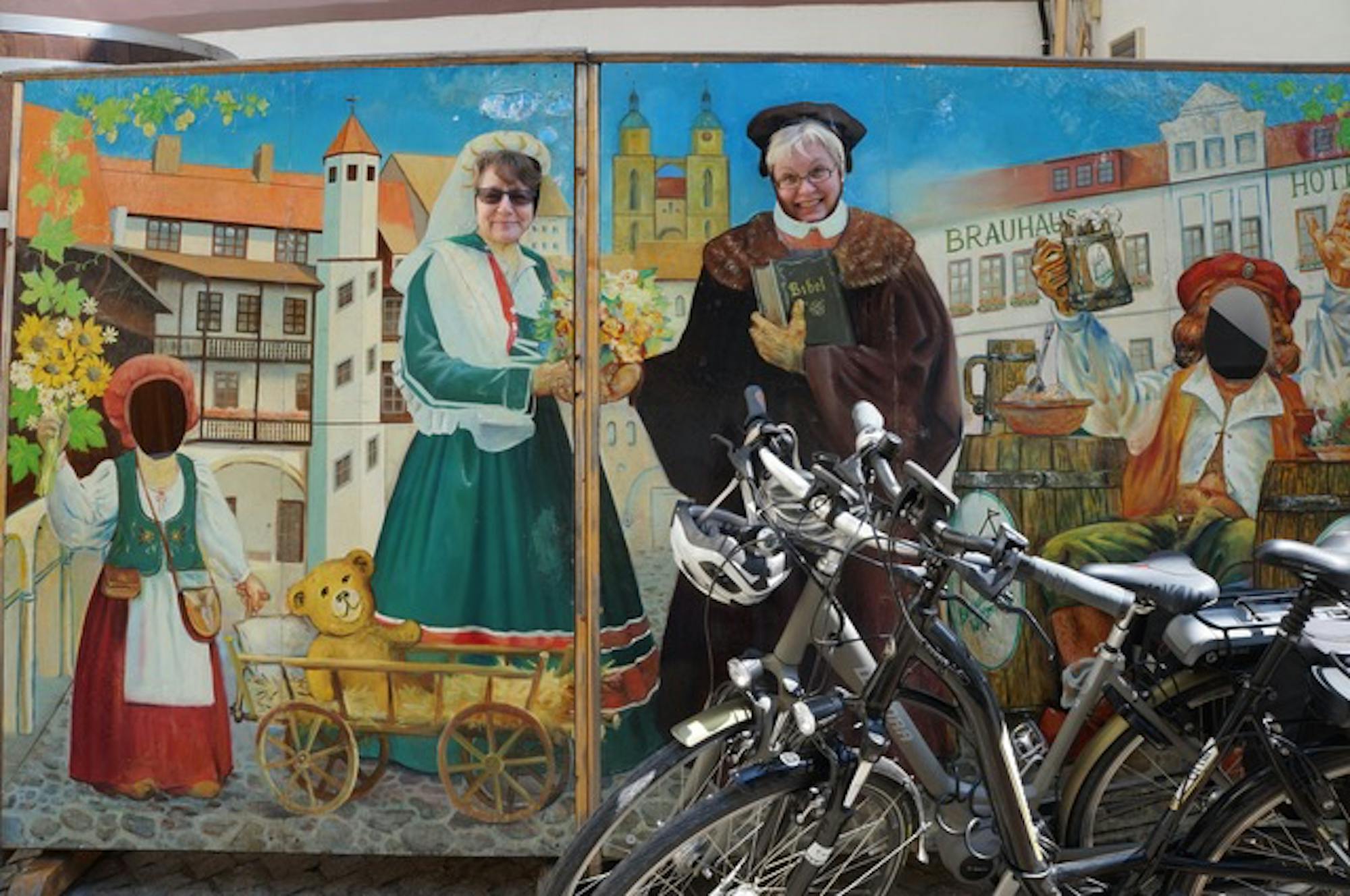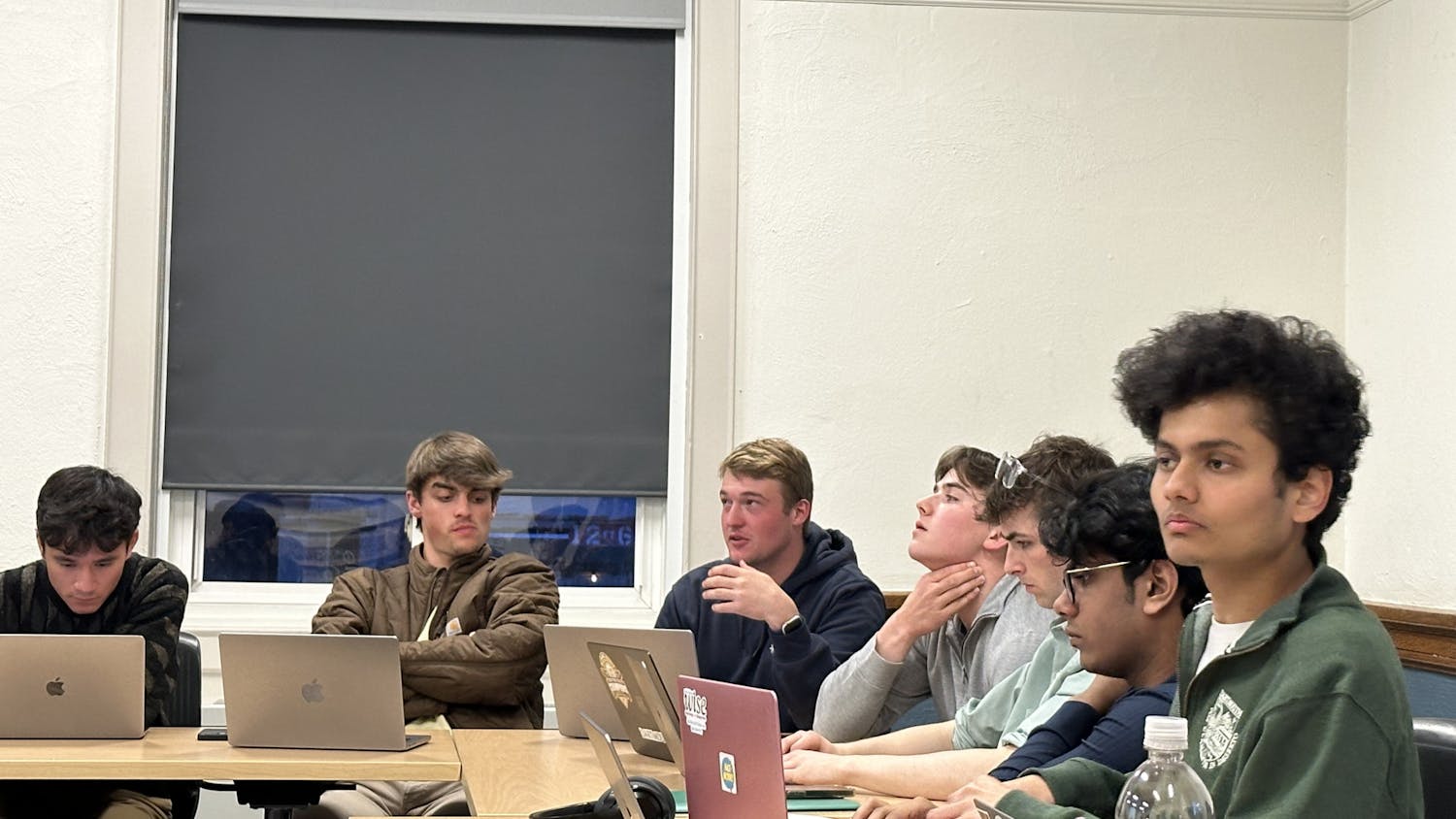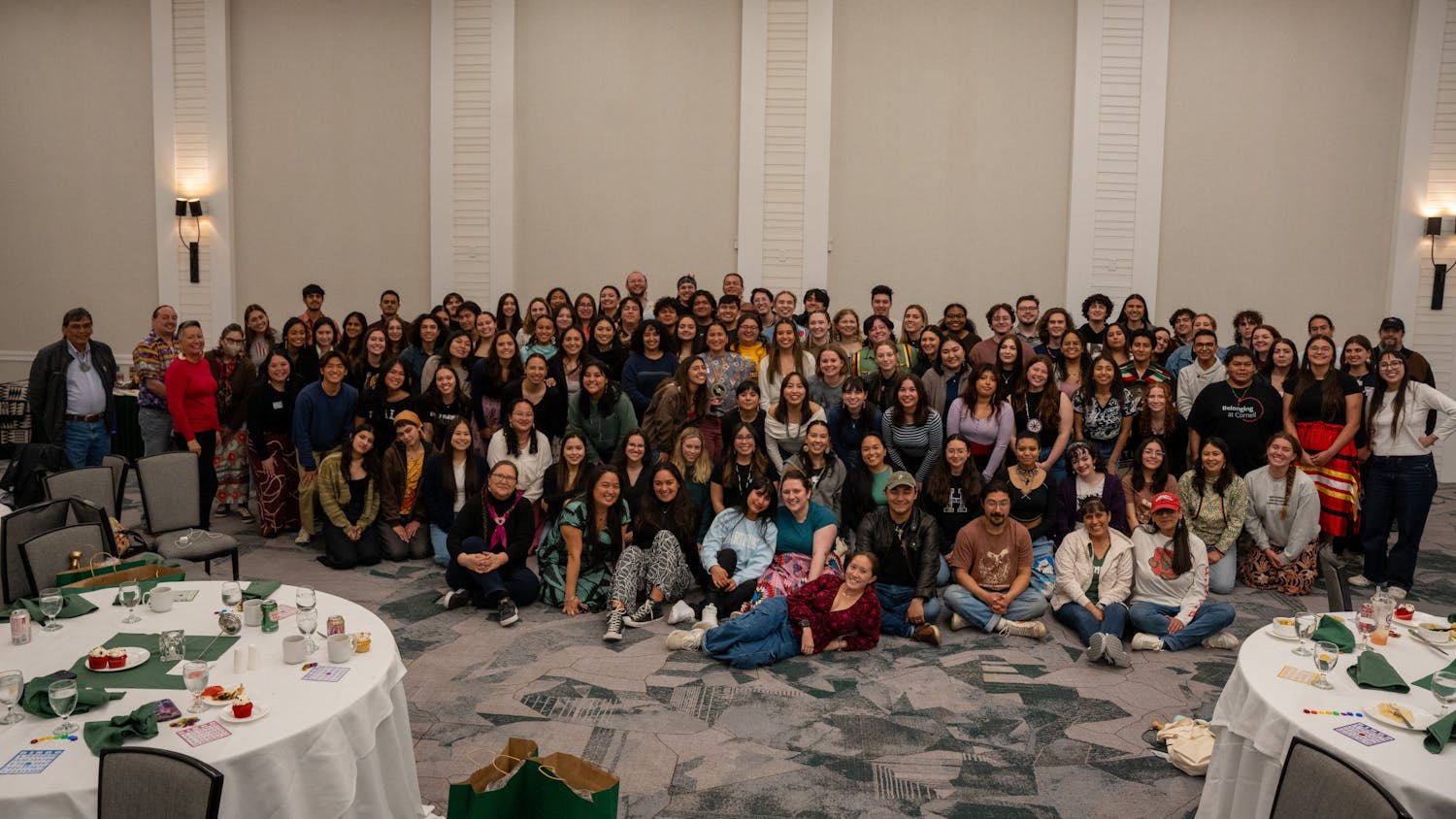Professor Jane Carroll is a senior lecturer in the art history department and a member of the steering committee of the Medieval and Renaissance studies department. Her area of expertise include women and the arts in medieval Germany, the iconography of female piety and early woodcuts.
How do you define the Renaissance?
JC: There is a traditional definition that came about basically at the end of the nineteenth, early twentieth century. Scholars began to say that it was a time when we began to see ourselves differently from the medieval view of man in service to God, and switched to a view of glorifying man or promoting the social network. That definition lasted an awfully long time. Then about twenty years ago, scholars who work in places other than Italy began to raise quite a ruckus, saying this definition seems to not actually fit in with what’s going on in the countries we study. So I do mostly Germany and the Netherlands, a little England and a little France. For us, it is not actually a very good definition, and we began to use the term “early modern,” which is what I say I am. I’m an early modern scholar. With that, there’s more of a continuum with the medieval knowledge. Aquinas, for example, is very popular and very important. And that is not as if we do not look to the classical world to bring us some new ideas and new inspiration, but that we do so with less of an academy as they always had in Italy. And we do it much more as individuals in communication, often through letters, so letters between important scholars began to be the way in which ideas were flourishing. It’s a slightly different platform and it’s a slightly different emphasis.
How did you come to focus on Renaissance studies and the Early Modern Period?
JC: I went to graduate school and thought I was going to be a Rembrandt scholar, so that was in the seventeenth century. I loved Rembrandt and I still do. But I took a course where I had to do work on the early sixteenth century, and I’ve always been interested in times that are on the cusp of change, so that the end of this period, right before the Reformation breaks out in 1517, is a period when there are so many ideas bubbling up, and that fascinated me. The idea that you are going to be saying something so pivotal to your life as your eternal fate, and you have to decide suddenly if you’re going to go with the traditional, what we call now, Catholic fate, or if you’re going to go with this new idea, and what’s at stake is your eternal soul. That to me is a fascinating time to think about how humanity is going to juggle these ideas.
A lot of people think of the Renaissance as primarily a European phenomenon, but do you think it had a cultural impact on other areas of the world?
JC: Yes it did. There’s a bit of hubris in thinking we changed other cultures, but I know that people were looking at Western creations. Mostly it really was in Europe. But I can give you the example that Albrecht Dürer, when he worked in France, worked on papers that are light and easy to transport. We have information to say that his prints were purchased in what we now call India, as well as all the way across the Middle East and into what was then Constantinople and is now Istanbul as well as across Europe, so that’s a pretty wide reach.
How did women feature in the Renaissance?
JC: There’s a great classical article from the 1970s called “Did Women Have a Renaissance?” and the short answer is no. I think that’s a kind of exaggeration. The truth of the matter is that in the Middle Ages, if a person who was the head of a studio or workshop died, oftentimes his widow would take over. Because workshops tended to be in the house, it was much easier to have the wife be a part of the enterprise, and daughters as well. And the first women artists whose names we know tended to be women whose fathers were artists, so they got trained that way. The Renaissance is the first set of names that we have of women artists, because of course there’s a lot more stuff that gets recorded at this point. So very famous ones come up on a minor scale for that period. The other thing we have at this time is the idea that in the Renaissance, the workshops suddenly get placed outside the home, so that there’s a place of business and there is a domestic sphere. And that actually pushes women out from being active daily workers in the workshop that existed in the Middle Ages. So that’s why Joan Kelly, when she asked the question, “Did women have a Renaissance?” sort of said no because they became much more confined to the domestic sphere. But there are always the remarkable women who broke that model.
Even today, people are still talking about the Renaissance, and it’s a very well known period. There’s almost a kind of infatuation around it. Why do you think that it is still so prevalent today?
JC: First of all, there’s been some great PR, and we still use the phrase “He’s a real Renaissance man,” or “She’s a real Renaissance woman.” When we say that, we mean somebody who has this pan knowledge, this ability to think across disciplines and see connections. That is a pretty amazing thing when you see it in someone. When somebody does that today, I always think to myself, “Oh they’re smart, they’re seeing that connection.” So I think because that’s become attached to the term “Renaissance,” it is something that lives in a positive fashion in our minds. And I think the second thing is that it’s the first period in the West for which we have huge numbers of names. We can trace careers of artists along the way and see how they’ve developed, and a lot of them wrote as well. It’s also the time when what we call the first art historian, Giorgio Vasari, in 1550 wrote his “The Lives of the Most Excellent Painters, Sculptors, and Architects.” So we have all this information, and the Renaissance becomes people we begin to understand, so we begin to see them as living breathing flesh rather than just names on a piece of paper. And that’s pretty powerful.
This interview has been edited and condensed for clarity and length.




